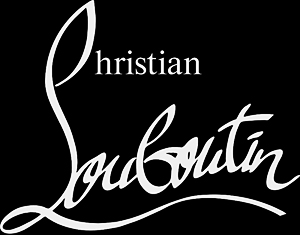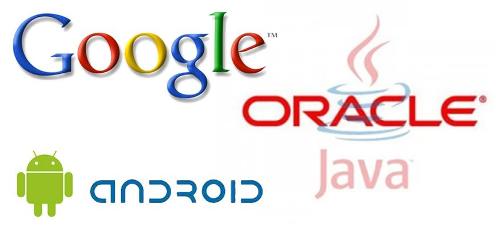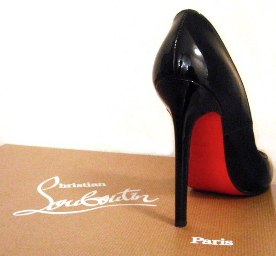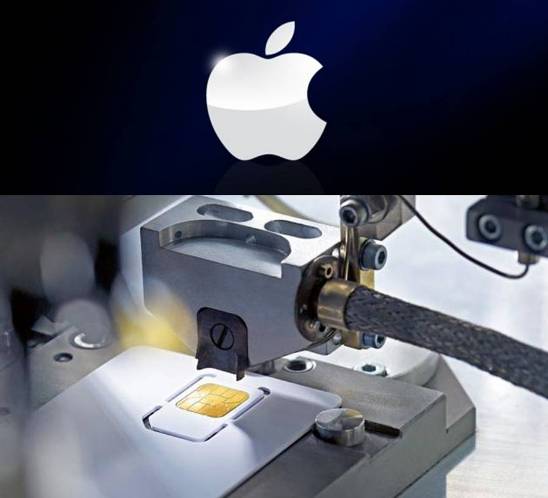 We can’t expect perfection with regard to IP management, patent litigation, and IP strategy, but counteracting the current state of affairs is badly needed – this is the quality-quantity tradeoff in IP. If we think about the definition of a troll who makes you pay for something that he doesn’t own, we realize that the definition of IP rights in breadth and scope is a far cry from its real-property analogue, with well-defined borders. True trolling behavior is repugnant, bordering on extortion, a hold-up scenario, or mafia mentality – choose your metaphor.
We can’t expect perfection with regard to IP management, patent litigation, and IP strategy, but counteracting the current state of affairs is badly needed – this is the quality-quantity tradeoff in IP. If we think about the definition of a troll who makes you pay for something that he doesn’t own, we realize that the definition of IP rights in breadth and scope is a far cry from its real-property analogue, with well-defined borders. True trolling behavior is repugnant, bordering on extortion, a hold-up scenario, or mafia mentality – choose your metaphor.
In probing such behavior, this in turn could lead us to the question of why are there no pharmaceutical patent trolls, or trolls in any technology areas other than software and telecommunications, for that matter. Drawing on the analogy of the well-defined borders for real property, technology areas in the physical, chemical, biological, and mechanical arts are without a doubt more constrained than software (not to mention highly-debatable business-method patents). In “The Private and Social Costs of Patent Trolls” by Bessen, Meurer, and Ford, the authors attribute the focus on software to what they call “fuzzy boundaries.”
… software patents have ‘fuzzy boundaries’: they have unpredictable claim interpretation and unclear scope, lax enablement and obviousness standards make the validity of many of these patents questionable, and the huge number of software patents granted makes thorough search to clear rights infeasible, especially when the patent applicants hide claims for many years by filing continuations. This gives rise to many situations where technology firms inadvertently infringe. And this means that there is a business opportunity based on acquiring patents that can be arguably read to cover existing technologies and asserting those patents, litigating if necessary in order to obtain a licensing agreement….
Moreover, fuzzy boundaries can explain why so many NPE lawsuits have multiple defendants: many firms may have reasonably concluded that they did not infringe or the patents were invalid or they may have been unable to find these patents while conducting a clearance search. Later, they encounter an NPE who sues over an aggressively broad interpretation of the patent’s scope and validity….
Large numbers of hidden patents or patents with unpredictable boundaries provide an opportunity to extract rents from technology firms. But this is a very different business from the business pursued by those patent brokers, consultants and auctioneers who facilitate markets for technology.
The increased exploitation of such information asymmetries and the penetration of software into every facet of productive activity has even spurred top litigators to jump ship as partners in major firms to start new practices focused on speculating such new patent litigation opportunities. The Wall Street Journal recently ran an article called “When Lawyers Become ‘Trolls’” to highlight a phenomenon that has not been seen before. A litigator interviewed for the article left his firm as a partner to start his law firm, Tensegrity Law Group LLP.
He says that while he enjoyed his time at Weil, representing corporate defendants has grown ‘less fun’ in recent years. ‘Ten years ago, when a new case came in, a client would say, “Please help us.” Now, along with the case, you get a 100-page preferred-provider application and instructions on how to go through their procurement department.’
To describe how the different agendas of the key entities and the crucial transactional assets of IP management associated in the interactions are increasingly clashing with each other through such an IP strategy, we have created a “gear” metaphor for each entity’s and asset-procurement’s internal processes. We see the essential players and transactional assets in the meshing of the gears as: Practicing Entity (PE), Competitor PE, Monetized Assets, Patent Aggregator, Non-Monetized Assets, Vulnerable Entity, Patent System, Conventional IP, Flooding IP, and Hired Gun. The next page depicts our infographic called Monetizing the Gears of Invention.













